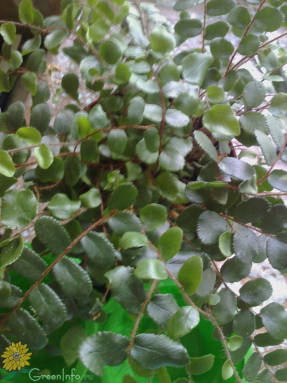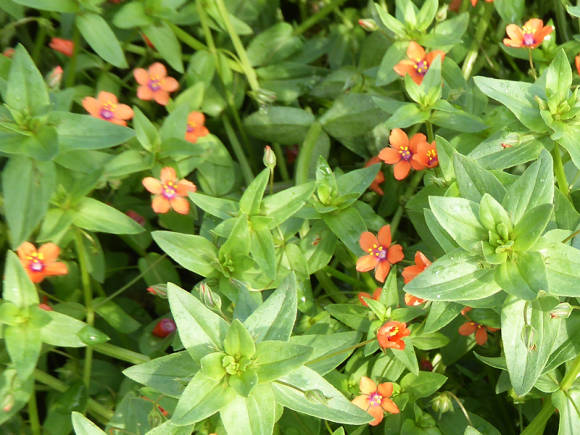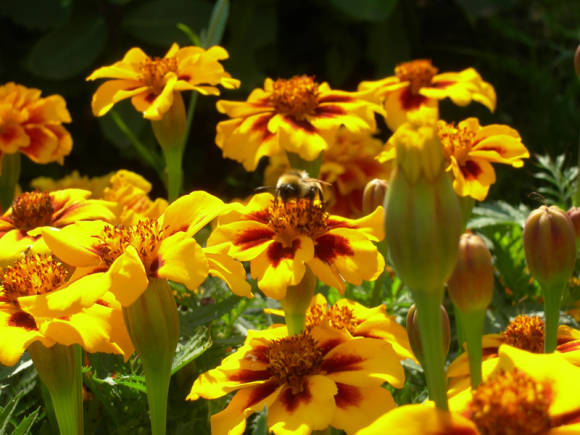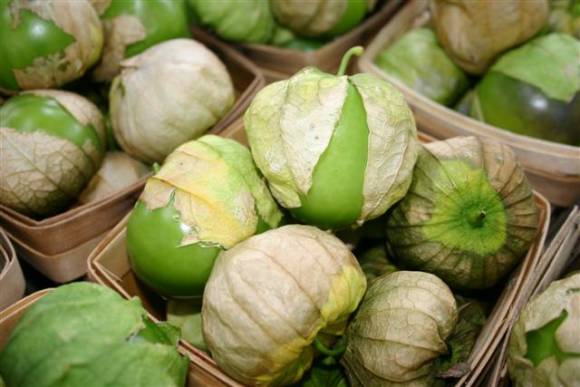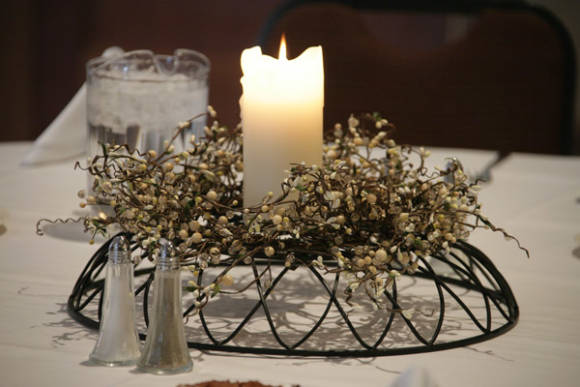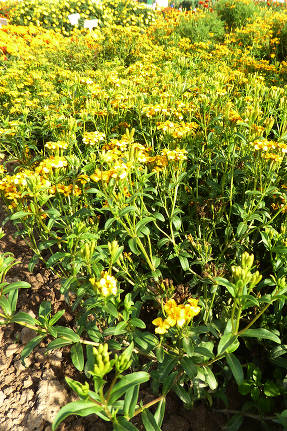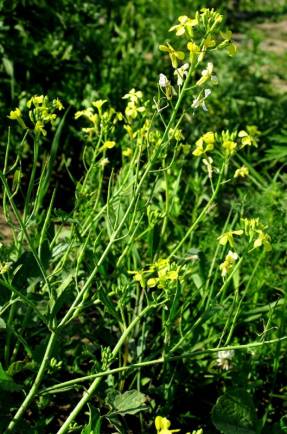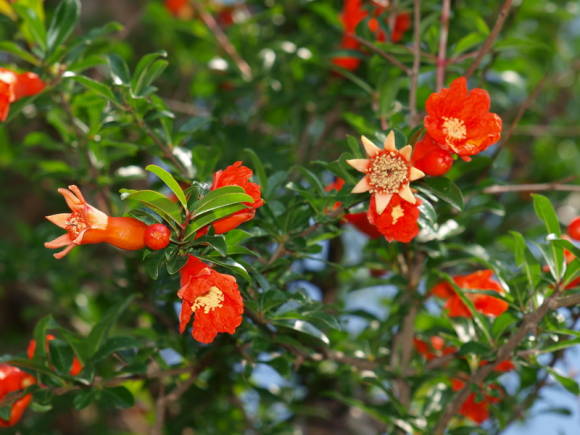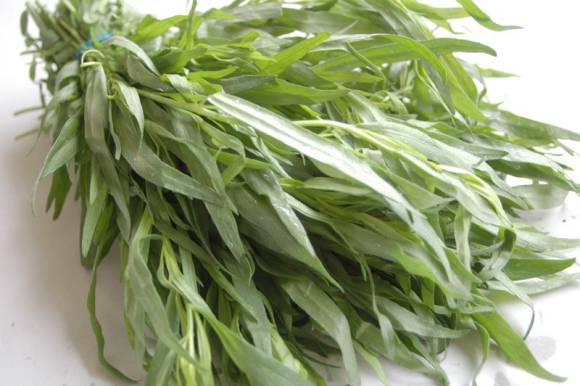 |
Tarragon or tarragon wormwood (another name for this fragrant herb, which came to us from the Caucasus - tarragon, is also common in our country), came to us from the distant Mongolian steppes, where its vast thickets are still found. Brought to Europe by the Arabs, since the 17th century it has been considered a classic French spice, because it was the French chefs who appreciated this plant very highly and created with its participation many delicious dishes that have become classics of French cooking. In many European languages, the actual name "tarragon" has stuck with this spice thanks to French cookbooks. Russian vegetable growers got to know him back in the 18th century.
And although at first this herb received a permanent residence permit in Russia only in the Caucasus, currently tarragon is moving faster and faster to the north. He fell in love with our gardeners for its excellent taste, wonderful medicinal properties and exceptional unpretentiousness. In Russia, only the so-called Russian tarragon is most often grown - with short leaves, a somewhat coarser smell and taste, devoid of delicate sweetness. But in the Transcaucasus, in Ukraine and in the Mediterranean countries, more aromatic local varieties of this spice are cultivated, as a rule, it is a very delicate, fragrant French or German tarragon. There is also Mexican tarragon in the world - more spicy and spicy.
The use of tarragon in cooking
In cooking, tarragon is prized for its strong tart, fresh, pungent aroma and refreshing taste with a long aftertaste and is used as a condiment. Its aroma and taste is more pronounced in acidic environments, for example, in combination with lemon juice or sour berries. Its stems are used for the preparation of various marinades, pickles, vinegar flavoring. Almost any sauce for meat or mayonnaise can be garnished with fresh finely chopped tarragon, it is included in some famous sauces and mustards, for example, béarnaise and tartar sauce, some varieties of classic Dijon mustard. It is an excellent natural preservative in homemade preparations, since it not only perfectly inhibits the development of bacteria, but also helps to preserve the color, smell, taste and elastic structure of vegetables and mushrooms. Fresh or dried tarragon leaves go well with vegetable, meat, fish dishes in soups, sauces, broths. Tarragon is also good in combination with seafood, poultry and eggs. Try to cook different dishes according to our recipes: tilapia in tarragon sauce, baked eggplant with chicken fillet, cheese and tarragon; creamy tarragon sauce; couscous salad with cherry tomatoes and French herbs; cucumbers with red currants. Fresh tarragon cannot be cooked, it acquires bitterness, so it is put into ready-made dishes or served in salads. For a richer aroma, you can add quite a bit of tarragon to the dish at the beginning of cooking, and add the main part at the end. Dried tarragon should be added to the dish 1-2 minutes before cooking, since when dried it is more spicy and spicy than fresh, it should be added in moderation. Tarragon is a perennial herb with a woody rhizome. It is one of the earliest vegetable spices. The first harvest of tarragon greens can be harvested at the end of April. An adult plant forms an extensive shrub up to 120–150 cm in height, in which numerous erect stems grow from one rhizome, consisting of many thin roots. The entire root system is located at a depth of 30–40 cm. New shoots appear in early spring from underground buds. Its leaves are long, lanceolate. The flowers are small, yellowish or brown, collected in tiny drooping baskets, forming paniculate inflorescences.The plant blooms in July – August. Tarragon seeds are very small and remain viable for 2-3 years. The best old tarragon varieties are from Georgia and Armenia. Georgian tarragon has a strong odor and a slightly bitter aniseed flavor. Armenian tarragon has no aniseed flavor, but it is just as spicy and aromatic. Of the old varieties, the old variety is also quite common. Volkovsky - with dull, odorless leaves and French - with long branched stems and dark green leaves. Today, new varieties of tarragon have appeared on the market, which are distinguished by their high quality. Zhelubinsky Semko - a plant up to 120–130 cm high, in this place it can grow for 5–7 years. Stems are numerous, erect, young shoots are herbaceous, later coarse. The leaves have a spicy, specifically pungent aroma. Gribovsky 31 - Semi-erect bushes, up to 100 cm high, form up to 30–40 stems. They are distinguished by high quality and aroma. The variety is adapted to sharp fluctuations in temperature and humidity. Goodwin - bushes up to 110 cm high, highly branched, well leafy. Leaves with a weak waxy bloom, juicy, do not coarse for a long time. Green dale - a perennial plant of the semi-shrub type. Vertical stems up to 120 cm high, winter-hardy. Young shoots and leaves are tender, juicy, do not coarse for a long time. Monarch - a perennial plant with erect shoots up to 150 cm high with numerous lateral shoots. Leaves are sessile, large, with dense short pubescence, good for home cooking, canning and salting. Young leaves and stems of tarragon are harvested in spring and early autumn, when the plant is not blooming. In cooking, it is preferable to use fresh leaves and stems of tarragon, since when dried, the unique aroma of this herb changes somewhat. Thanks to modern large grocery chains, fresh tarragon can be found on sale all year round. Being a cold-resistant plant, it does not die even in the most severe winters with little snow cover, tolerating winter well in open ground. Greens begin to grow very early, immediately after the snow melts. The optimum temperature for growing is from 12 to 18 degrees. It is not picky about light, but does not tolerate excessive soil moisture. Although this plant can grow in one place up to 12-15 years, it is still not advisable to grow it in one place for more than 4-5 years, since the yield of green mass begins to decline. The highest quality tarragon grows back in the first three years of its cultivation. To grow tarragon, you need a site that is free of weeds, especially wheatgrass. But usually, a separate bed is not allocated for growing tarragon, but plants are planted in groups or singly in different parts of the garden plot. In shaded areas and in lowlands with excessive soil moisture, the aromaticity of tarragon greens decreases, and on swampy soils, it simply gets wet. It grows well both in the sun and in partial shade, prefers soils with acidity close to neutral. On fertile soils rich in nitrogen, a very large green mass is formed, but the content of essential oil in the greens is somewhat reduced. Preparing the soil for planting this culture begins in the fall with deep digging. If the soil is not fertile enough and organic fertilizers were not applied under the previous crop, then before digging it should be applied to 1 sq. meter half a bucket of compost, 1 tbsp. spoon of superphosphate and potassium fertilizers, and in the spring - 1 teaspoon of urea. Tarragon propagates very easily and quickly - by seeds, dividing the bush, cuttings, root suckers. Its seeds are very small. It is best to plant them in boxes for seedlings in early March, and at the end of April (in normal spring) to plant seedlings in open ground.Young plants take root well and tolerate low temperatures relatively easily. But for the winter, it is still better to insulate them with peat crumbs. But you can sow seeds on seedlings and directly into the ground. They germinate in 10-15 days. The emerging seedlings must be thinned out to a distance of 10–12 cm if you are going to grow a lot of seedlings. It must be remembered that when propagated by seeds after 3-4 generations, the specific aroma of this herb disappears, and wormwood bitterness appears instead. In the garden, it is easier and faster to propagate tarragon by root suckers. For this, a well-developed two- or three-year-old plant is selected, and in early spring several offspring are separated from it, which are planted in moist soil to a depth of 6–8 cm (the root collar should be 5–6 cm below the soil level). The planted plants are then watered and shaded from the sun. When propagating tarragon by dividing the bush, older bushes are used. They are dug up at the end of September, divided into parts with 3-5 shoots with a sharp shovel and planted in a new place. Then the soil is abundantly watered and mulched. At the same time, the stems are cut, leaving them no longer than 20 cm. You can divide the bushes in early spring, as soon as the shoots have started to grow. But if you need to quickly get a lot of tarragon seedlings, then reproduction by layering and dividing the bush is ineffective. In this case, it is better to use the method of green cuttings of plants. Based on materials from the newspaper "Ural Gardener"

Tarragon varieties

Growing tarragon
